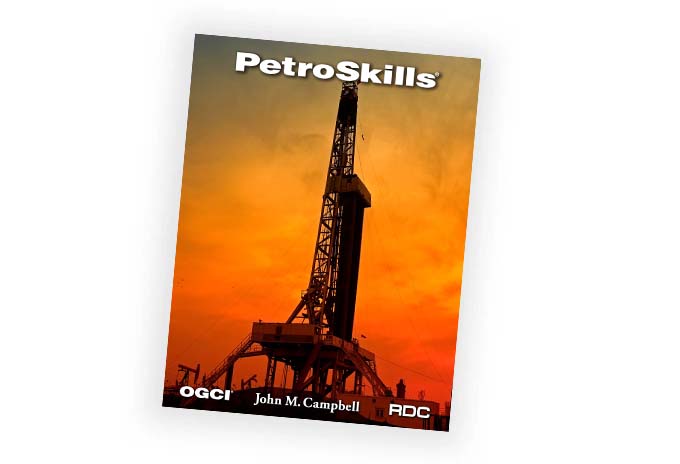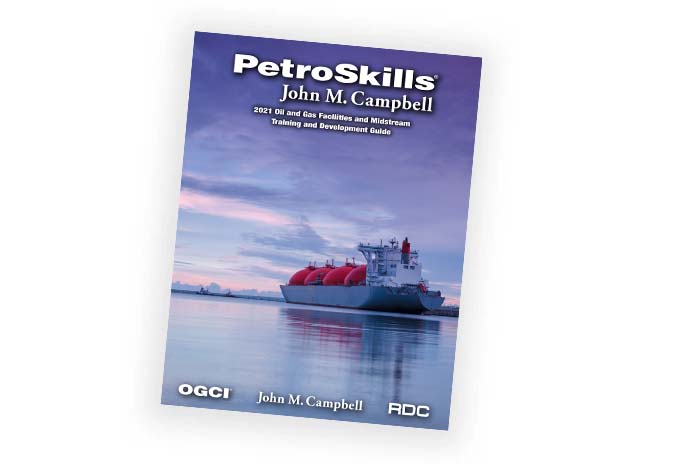Carbon Capture Using Post-Combustion Solvents Fundamentals
e-Learning
About the eLearning Course
This comprehensive eLearning course delves into the intricacies of post-
combustion CO₂ capture, a pivotal technology in reducing greenhouse gas
emissions from fossil-fuel power plants. Participants will gain a thorough
understanding of the fundamental principles, challenges, and advancements in
this field.
Target Audience
This series provides a wide-ranging overview of CO₂ capture. It is suitable for
interested parties, such as environmental staff, facilities engineers, and gas
processing engineers, including entry-level (1-2 year) engineers, or anyone
interested in a general, technically oriented overview of this approach to
Greenhouse Gas (GHG) mitigation.
You Will Learn
- Define the basic characteristics of the post-combustion capture approach
- Identify the characteristics of flue gas that make selective removal of CO₂ difficult
- Explain what the most developed technology for post-combustion capture is
- Understand the difference between physical and chemical solvents and the type most applicable to post-combustion capture
- Explain the strengths and weaknesses of amine solvents for flue gas scrubbing
- Describe what aspects of CO₂ removal solvents contribute most to the all-in cost of CO₂ capture
- Identify the basic issues that must be addressed in selecting any solvent
- Describe and compare the different solvents and technologies available for Post-Combustion Capture
- Determine what solvent alternatives to amine solvents are being developed and why
Course Content
-
Introduction to Post-Combustion Capture
-
Post-Combustion Capture Using Solvents




